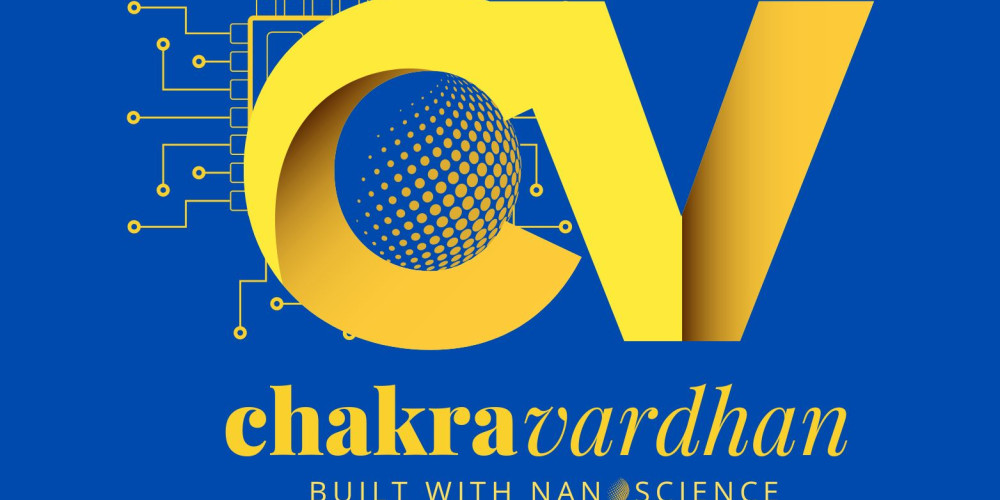Nanotechnology Innovation: Prolonging the Operational Life of Computing Devices for Climate Action
Uncategorized
- Professor
- Mar 03, 2024
- Uncategorized
Nanotechnology Innovation: Prolonging the Operational Life of Computing Devices for Climate Action
Nanotechnology Innovation:
Prolonging the Operational Life of Computing Devices for Climate Action
In recent years, the intersection of nanotechnology and climate action has become a focal point for researchers and innovators seeking sustainable solutions to global challenges. One such area of focus is the development of innovative nanotechnology-based solutions to increase the operational life of computing devices. As the demand for computing power continues to rise, extending the lifespan of devices not only reduces electronic waste but also contributes to energy savings and mitigates the environmental impact of manufacturing new devices. This article explores a new innovation in nanotechnology that aims to achieve these goals and its implications for the climate tech sector.
Nanotechnology and Computing Devices
Nanotechnology has revolutionized thermal management in computing devices through the development of metallic thermal interface materials (TIMs). These advanced materials, composed of nanostructured metals such as copper, silver, and aluminum, offer superior thermal conductivity and mechanical properties compared to traditional TIMs. By incorporating nanoscale features, such as nanoparticles and nanowires, metallic TIMs can efficiently transfer heat from high-power components, such as CPUs and GPUs, to heat sinks or cooling systems. This enhanced thermal conductivity helps to reduce operating temperatures, improve device reliability, and prolong the operational life of computing devices. Additionally, metallic TIMs are compatible with existing manufacturing processes, making them a cost-effective solution for enhancing the thermal management of computing devices.
New Innovation: Nanoscience-Based Thermal Interface Materials
One of the most promising innovations in nanotechnology for extending the operational life of computing devices is the development of advanced thermal interface (TIMs) based on nanoscience. These materials are designed to improve the thermal conductivity between the heat-generating components, such as the CPU, and the heat sink, thus enhancing heat dissipation and reducing the risk of overheating. Traditional TIMs, such as thermal greases and pads, have limitations in terms of thermal conductivity and durability. Nanoscience-based TIMs offer significant advantages, including:
- Enhanced Thermal Conductivity
- Reduced Thermal Resistance
- Mechanical Stability
- Compatibility
Implications for the Climate Tech Sector
The development and adoption of nanoscience-based TIMs such as ChakraVardhan22 or CV22 for computing devices have significant implications for the climate tech sector. By prolonging the operational life of devices, these innovative materials contribute to reducing electronic waste and the carbon footprint associated with manufacturing new devices. Additionally, the improved thermal management enabled by nanotechnology can lead to energy savings in device operation, further enhancing the sustainability of computing technologies.
In conclusion, nanotechnology offers a promising avenue for innovation in extending the operational life of computing devices, with nanoscience-based TIMs representing a key advancement in this field. By enhancing thermal conductivity, reducing thermal resistance, and improving mechanical stability, these advanced materials can significantly improve the reliability and longevity of computing devices. As the demand for computing power continues to grow, the adoption of nanoscience-based TIMs and other nanotechnology innovations holds great potential for reducing electronic waste and mitigating the environmental impact of computing technologies, making them a vital component of the climate tech sector.











